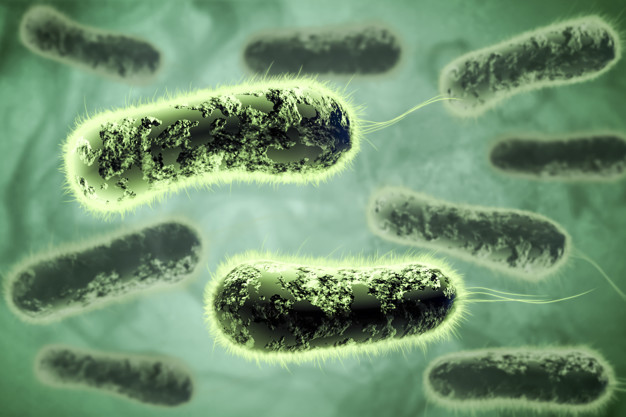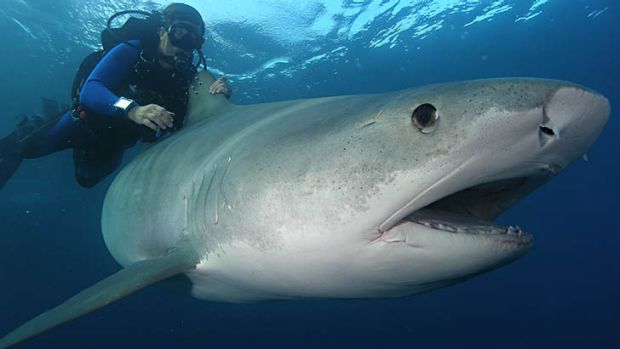Biotic Meaning
The word “biotic” is constituted by the blend of two terms, “bio” implying life and “tic” implying like. Thus, the word implies life-like and is connected to all the living beings existing in an ecosystem.
Definition of Biotic Factors
Biotic Factors are the living components of an ecosystem that affects the survival of the species. You suggest like an abiotic or nonliving part of an ecosystem affects the survival of a species. The living components essentially what that means is that in an ecosystem organisms interact with each other and it’s those interactions that influence the survival of the species.
Species need to have suitable adaptations to be able to cope with and tolerate those interactions. Some interactions are not mutually beneficial for both of the species and there is somewhere the interaction is positive for one species and negative for the other species.
Examples of Biotic Factors
Examples of biotic factors comprise all the living components existing in an ecosystem. These comprise producers, consumers, decomposers, and detritivores.
Different Types of Biotic Relationships with examples
So there are several different types of biotic relationships that we are going to talk about and for each one, we are going to analyze whether it’s positive or its negative or neither for the two species involved. So let’s go ahead and write them down:
Mutualism (+/+)

The most important thing about mutualism is that both species benefit from it. So with mutualism, both species benefit from that interaction, and many times its mandatory one species can’t survive without the interaction of the other.
A great example is the bacteria that live inside the stomachs of cows. Those bacteria can break down the cellulose in the grass so the bacteria benefit from having somewhere to live and have a ready supply of cellulose. And the cows benefit because the bacteria break down the cellulose so the cows can extract the nutrients of another.
Commensalism (+/0)

The most important thing about commensalism is that the species exchanges in which one species benefits, but the other species is neither harmed nor benefited.
Examples: fish hide in coral reefs and attain security from predators without influencing the reefs.
Parasitism (+/-)

This is a kind of species interaction in which one organism (the parasite) lives on or in another organism (the host).
Usually, parasites are essential to injure a host, as each only has a tiny influence.
Examples: tapeworms, bacteria, pathogens (parasites that provoke disease)
Herbivory (+/-)

This is a kind of species interaction in which an animal eats up a producer or plant. Usually, animals only consume a portion of a plant without ‘killing’ it.
Examples: Gazelles consuming grass, or sea urchins consuming algae
Predation (+/-)
This is a kind of species interaction in which one animal commonly kills and eats up another animal.
Example: lions chewing gazelles, cows consuming grass.
Competition (-/-)
This is a kind of species interaction in which the individuals struggle to attain a shared limiting resource. Two different varieties cannot exchange the same resource in the same circumstances; one will ever be ignored from the resource if it has an active disadvantage. Different species can share, or enclosure, the same reserve if they have various behaviors in using that resource.
Example: coyotes and wolves chase similar prey, but at distinct times of day, which enables them to coexist.
Conclusion
Here, we reviewed these types of examples of biotic factors, or living creatures, you can recognize that they differ in category and process. If you have any questions regarding this topic, please do share your concerns in the comment box.





